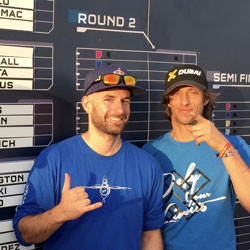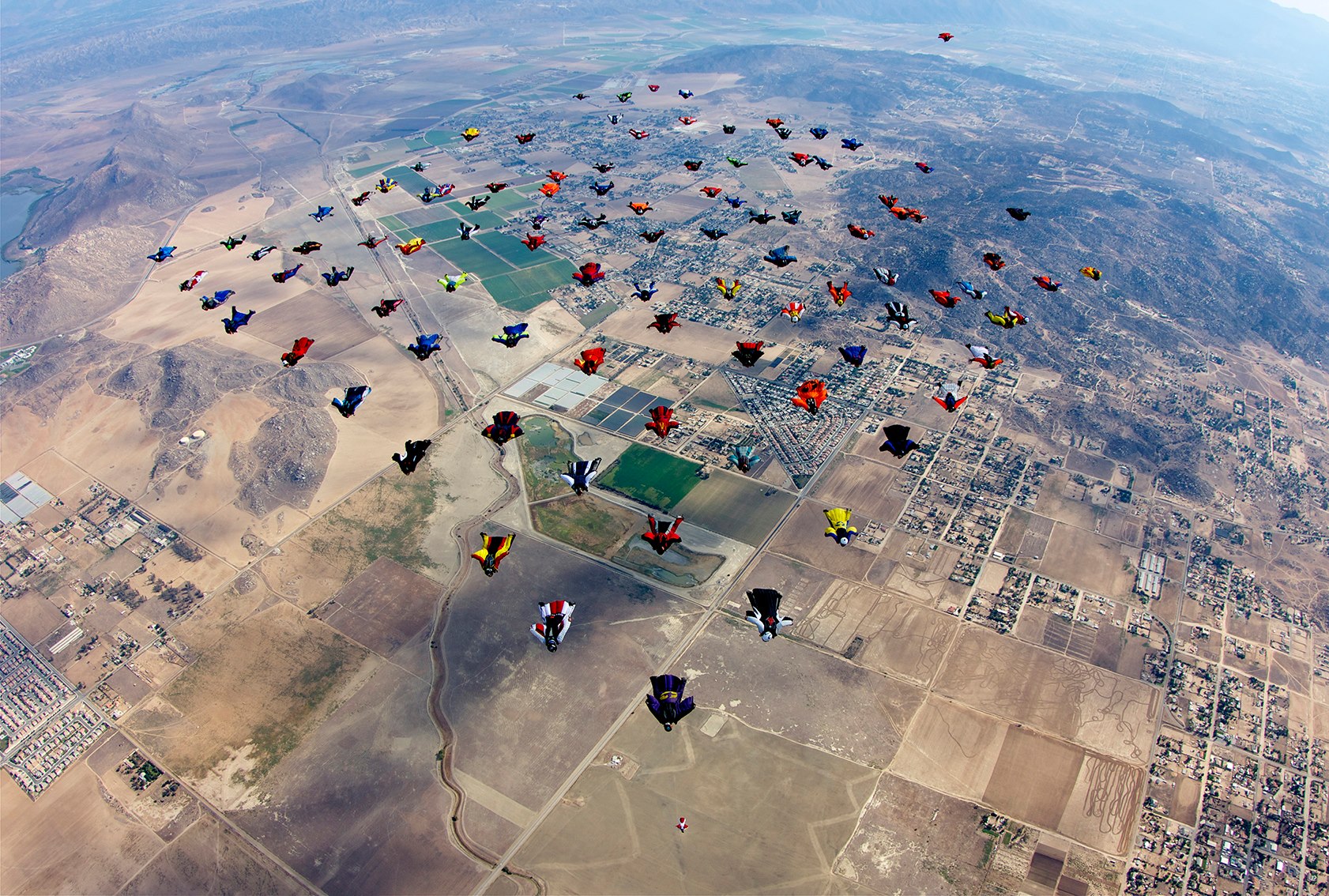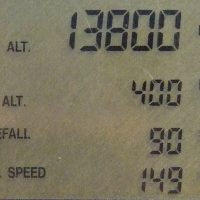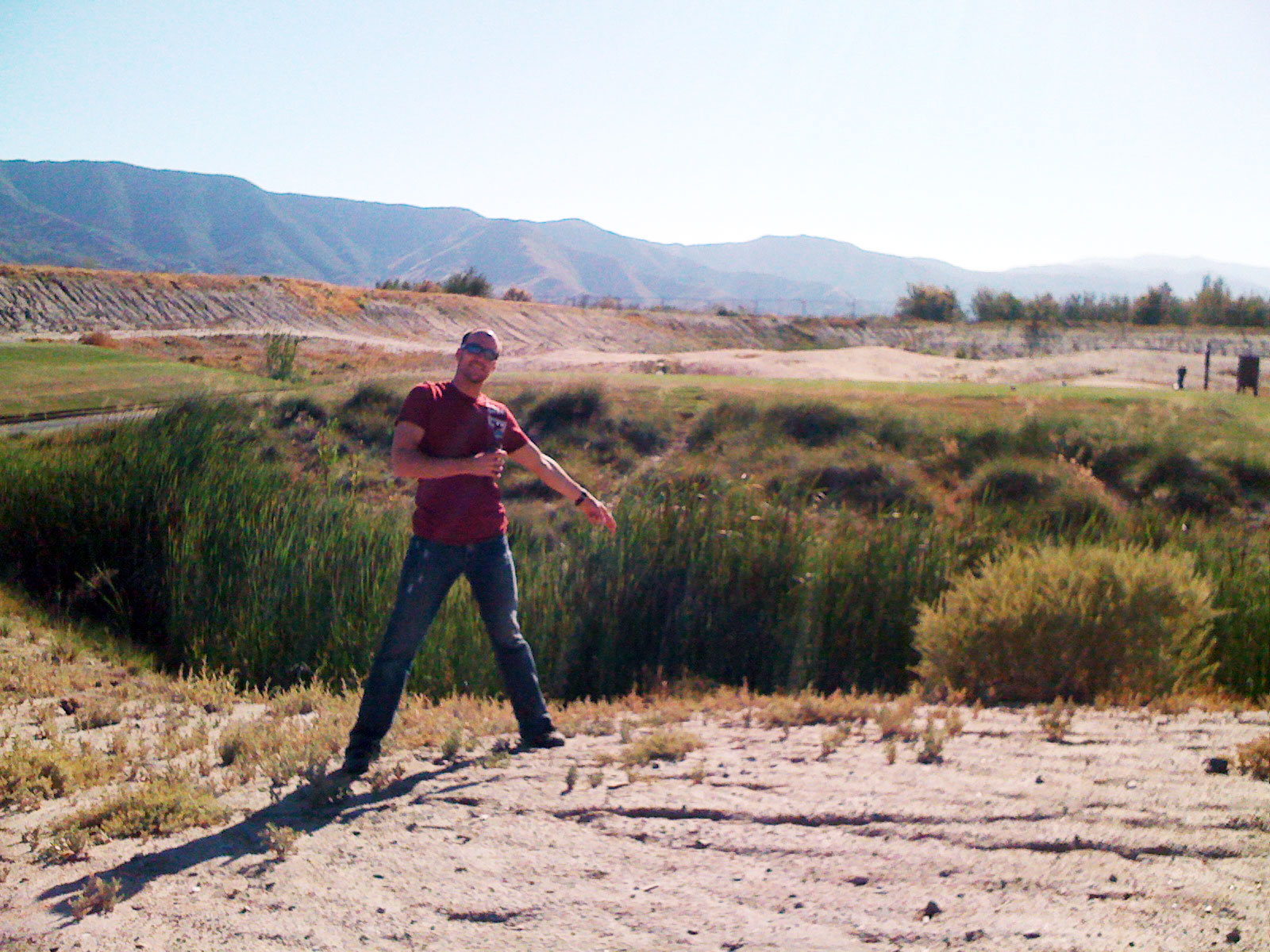The Day CYPRES Saved My Life – Tim Hedderich
Wednesday, July 27, 2016
- Team CYPRES
- 7/27/16
- 0
- General, Saves
Tim Hedderich’s Story

He’s flown wingsuit formation world records, was one of the organizers of the Wingsuit Vertical Challenge invitational events, competed in the Red Bull Aces, and snagged a medal from the main event of the international wingsuit performance competitions in 2010. He’s even been on a comp road tour with the legendary Tony Uragallo. If you get him out of a wingsuit, he’s just as apt: he’s one of the creators of the Non-Standard freefly team (and a national freefly champion, to boot). That, dear reader, adds up to a lot of awesome.
In 2009, Tim learned firsthand that all that awesome does you little good if you’re–y’know–unconscious, and you’re going to need a little outside help to make it. Here’s his story, in his own words.
I started skydiving 12 years ago. I’m a professional pilot, and I was on a layover in Los Angeles at the time. On a lark, I decided to head out to Elsinore and make a skydive. I didn’t bother with a tandem; I started working towards my license right away. I had the feeling from the start that this would be something I’d be interested in. I was right. I totally fell for it. After those first jumps, I basically started the process of moving to the US to skydive as much as I could.
As I progressed, I came to focus on freeflying and wingsuiting and, over the years, the journey of skydiving took me to beautiful places and introduced me to many interesting people.
I can’t remember the collision itself. It was certainly hard enough. All he had was a big, black bruise on his thigh; he continued flying. My memories start in the emergency room of the hospital.
Because of recent events it strikes me that very, very few people still think using an AAD is a choice we should question.
If I, for whatever reason, had questioned it, I would have died seven years ago. Some parts of this story just naturally represent my personal opinion and what I believe in, but one thing is an unarguable fact: I only survived that midair collision back then because I was using an AAD.
My CYPRES fired while I was participating in the Wingsuit World Record at Elsinore in 2009. Before I talk about what happened, though, I should give a little bit of context.

At that moment, I had just sold my previous rig, and I had had my AAD put into my new one. I asked the guy who’d just bought my old one if I could hang on to it, just for this event–I was concerned that I’d miss a jump if I had a reserve ride with my brand-new system. I didn’t want to miss being on the record.
Even though my old system didn’t have an AAD in it, I was willing to use it in that particular situation. My reasoning was straightforward: I had more than 900 jumps, and I’d never needed my AAD, so I figured I’d be okay for that one jump in that one circumstance. I’m a pilot, after all, and I’d like to think that I am a conservative, intelligent person. I didn’t think that decision was stupid; I thought it was reasonable.
Thinking about that decision after the fact is terrifying. It was really stupid. I mean: it would have been stupid doing it on a three-way load organizing jump in Perris. Of course, it would have been even more of a stupid decision to do it on a 100-way with a long list of things that have got to go right.
After what I’ve experienced, I happily tell anyone that my willingness to use that rig was stupid. I’d tell them that, if I’d done it and it had been on that particular jump, I’d be dead–and of course, we have no way of knowing which jump is that jump.
The day it happened, we were starting with multiple formation loads. It wasn’t the actual attempt yet. There were a lot of us in the air: somewhere between 50 and 75.
Our base was not the base of the formation as a whole. Every airplane had a base, and each load would fly a predetermined pattern into the slots of the bigger formation, which was a diamond. My plane was on the right side of the larger planned formation. The big first task was to get out of the plane super-quick, so as not to lose a lot of time there. The strategy to achieve that was to closely follow the guy who was leaving the airplane in front of you.
On this particular jump, I got out quickly to follow him, as planned. When I was already flying, I quickly determined that the reality of the bigger picture was different than the plan. For one thing, the formation that we had to fly to was already on our right side. We got out picking an incorrect initial heading because the pilots of the planes themselves had not flown in the correct formation towards each other. We basically did what we had done on the previous jumps, expecting the formation to be where it was before–and now it wasn’t. The variables were already stacking up against us.

When I realized that we now had to come over to the right side again–because this was where we had to end up–I saw that the people from another plane were flying directly across our line of flight into the slots of the formation. (Keep in mind that wingsuit formations are not static. They are constantly flying, and to get to your slot you have to cover quite some horizontal distance in a dive at high speed.) My last memory is thinking, I have got to look out when I go over there, and starting to slowly, carefully make my way.
If you want to know how hard the impact was, you’ve got to ask the friend that hit me. I can’t remember the collision itself. It was certainly hard enough. All he had was a big, black bruise on his thigh; he continued flying. My memories start in the emergency room of the hospital.
People who saw it tell me that I was spiraling down on my back. I guess that’s just what happens in a wingsuit–when you relax every portion of your body, you end up on your back, and the asymmetrical wingsuit material puts you into a spiral. At one point, your AAD activates. If you have one, that is. Which I almost didn’t.
Even though I was in a spiral when the Cypres fired, my reserve came out alright. It was a 140-square-foot reserve and I’m a heavy guy, so that’s not necessarily the biggest reserve you can buy; in my case, though, it was enough to let me crash land without breaking a single bone. I came down on a stony spot, so my face was a bit scratched up and I had soft-tissue injuries, but I suffered nothing serious. There were some weeks while my muscles were healing that I couldn’t jump–but after that, I jumped more than ever before.

I find it baffling when people complain about the price of an AAD. I mean, think about all the money that we already invest in the sport: for traveling; for canopies; for suits; for jumps; for containers. The cost of an AAD is so little, compared to what we spent anyhow. I mean, it’s comparable to a couple hours of tunnel time.
Buying an AAD is like buying a fridge. I mean no one likes buying a fridge–It’s not like you stand in front of it and say oooh, this fridge is so nice–but there’s no question that you need it, so you spend the money. It is the same with an AAD, except this fridge saves your life. You don’t really enjoy it, like you enjoy a performance canopy in your colors. It’s just there. It does nothing for you until the day that you need it.
My AAD was, out of all the things I have ever bought in my life, the best investment I have ever made.
Adventure, Tips, and Adrenaline
Subscribe to Our Newsletter
By signing up for our newsletter you declare to agree with our privacy policy.

